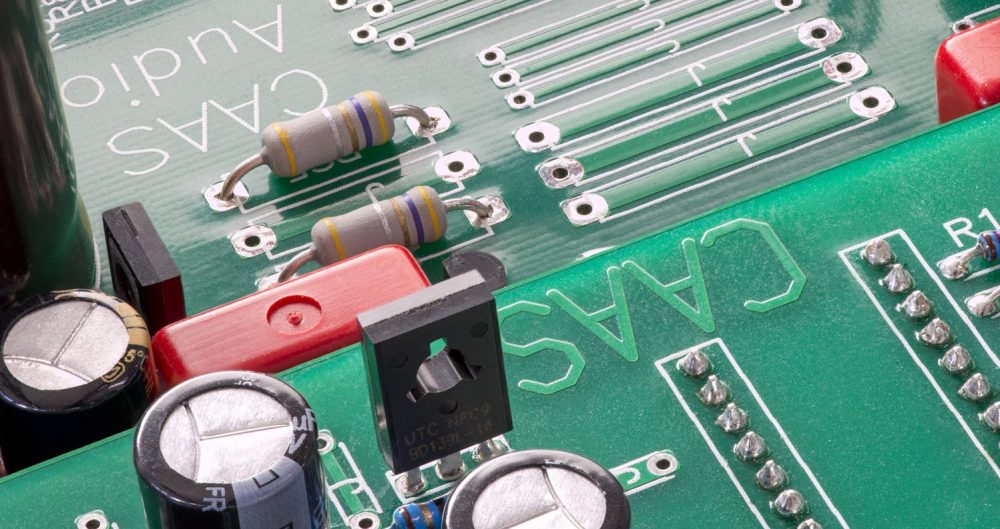Technology
CAAS Audio is dedicated to the technical advancement of ultimate high quality audio reproduction. Over the last decade our extensive and continuous R&D program has facilitated the development of the following unique technologies:
RWave - RF & Microwave Design Techniques
All CAAS Audio products have been developed using RWave techniques. RWave is an ultra wide bandwidth circuit topology that uses RF & Microwave circuit design, layout and stability techniques to provide superior signal path fidelity. RWave combines ultra fast transistors, DC coupled circuits, short signal paths, intelligent component placement and TZFB (True Zero Feedback) and CSD (Coupled Symmetric Drive) technologies to produce the ultimate high quality audio.

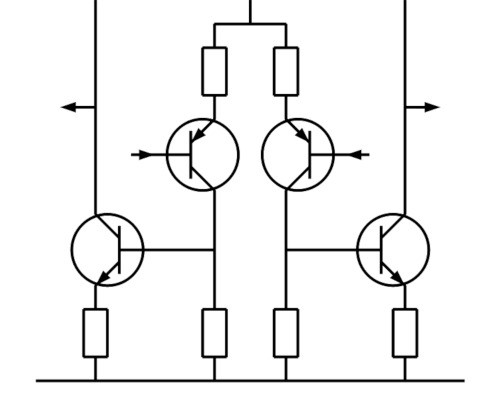
TZFB - True Zero Feedback
All CAAS Audio amplifier circuits utilise True Zero Feedback (TZFB). TZFB removes all feedback loops together with any performance and sound degradation associated with feedback loops including increased Total Harmonic Distortion (THD), Inter-Modulation Distortion (IMD) and Transient Inter-modulation Distortion (TIM). Additionally, CAAS amplifiers have NO Global feedback loops and NO Local feedback loops, the only type of gain control implemented is emitter degeneration.
HDAC - Hybrid Discrete Digital to Analogue Converter
Our years of research and development into discrete matched passive R-2R DAC networks and ultra high precision LASER trimmed on wafer passive networks has resulted in a bespoke hybrid R-2R design that far exceeds any purely discrete matched network tested.
The CAAS HDAC consists of two Monaural, 16Bit ultra high precision LASER trimmed R-2R passive ladder DAC networks matched to an accuracy far beyond discrete matching which are contained on a micro silicon wafer to eliminate the thermal gradient issues normally associated with discrete matched networks. These passive R-2R networks are DC coupled to CAAS Audio’s bespoke monaural True Zero Feedback (TZFB) class A discrete buffer stage to produce a DAC with unprecedented realism.
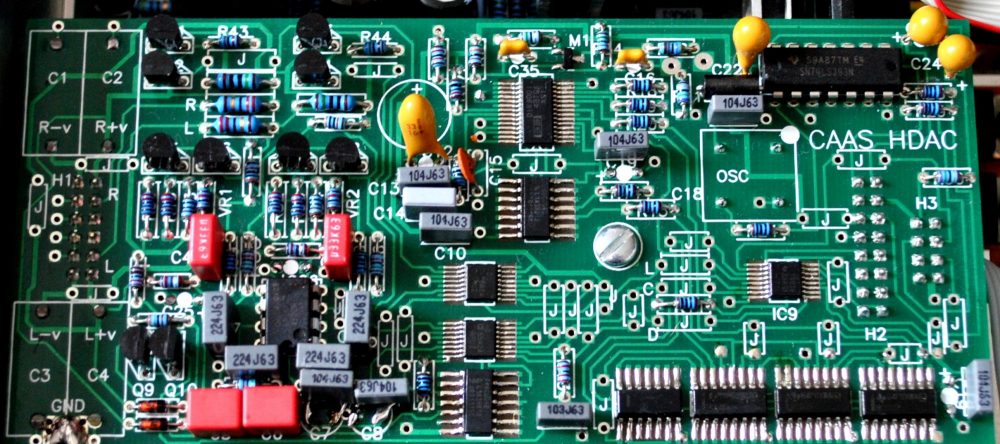
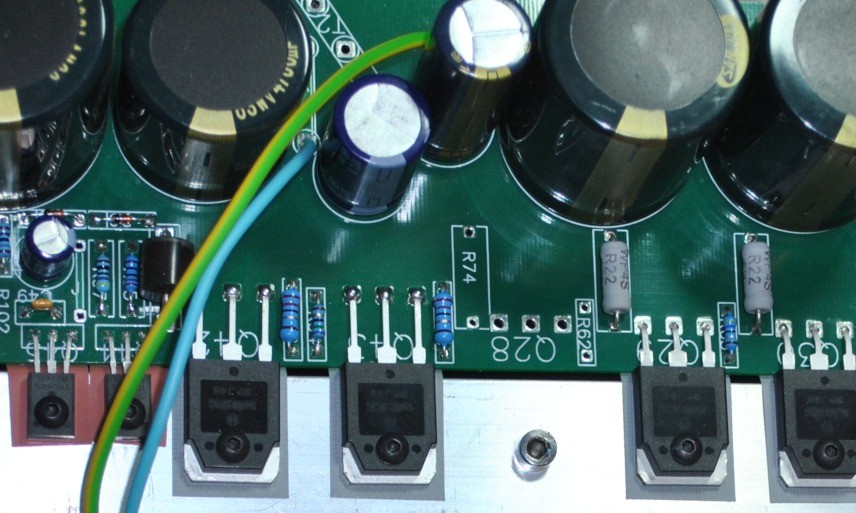
Fastpower - High Speed Discrete Regulated Power Supply
CAAS Audio amplifiers house six separate power supplies. Each channel has six Fastpower independent discrete regulated, high speed, low output impedance and high current delivery power supplies; four feeding the voltage amplifier stages and two feeding the current amplifier output stage. These bespoke supplies are key to CAAS Audio’s instantaneous current delivery system.
CAAS audio streamers can be fitted with up fifteen Fastpower discrete regulated power supplies.
SAM - Switched Amplifier Modules
SAM (Switched Amplifier Modules) is a CAAS Audio proprietary circuit topology that consists of many separate zero feedback, class A operating (with zero switching distortion), DC coupled amplifier modules. his unique topology allows the CAAS Pre-amp to intelligently configure the optimum amplifier circuit for the most direct and purest signal path possible for any input / output configuration.
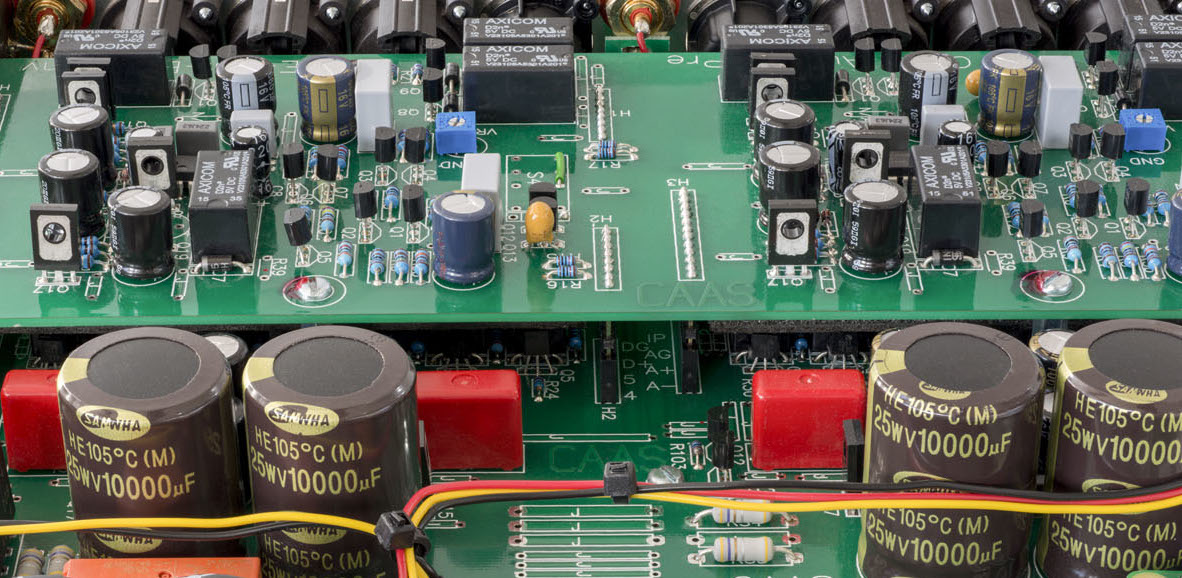
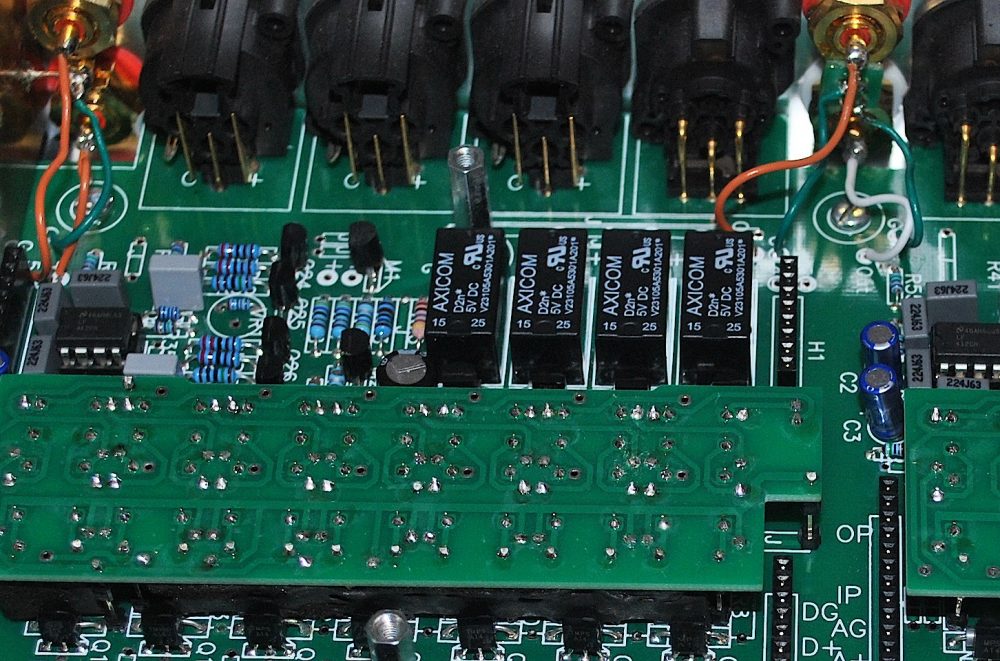
SRVC - Switched Resistor Volume Control
The CAAS pre-amp circuit consists of a bespoke 128 step, relay switched resistor volume control.
The front panel volume control provides a reference voltage to the internal analogue to digital converter (ADC). This ADC feeds into the CAAS computer system which processes the data, reduces jitter and hysteresis and allows for remote control and LAN Networked device control. The CAAS computer system subsequently controls a bank of high quality silver contact relays which switch different configurations of high precision, high quality metal film resistors to produce attenuation levels between -64dB and 0dB in 128 discrete steps. Although this is a vastly more complex system than the standard audio potentiometer, the sonic purity achieved vastly exceeds that of any potentiometer on the market.
iTrans - Intelligent Buffering & Low Jitter Data Transfer
All CAAS audio streamers are designed to produce the highest audio quality possible; this has been achieved, in part, through our custom 8 wire digital interface.
iTrans is a data buffering and ultra low jitter re-clocking technology that allows near perfect data re-clocking and bit perfect parallel line digital signal transfer. The iTrans transfer system allows vastly superior interfacing between the computer system wi the parallel DACs, in comparison to standard S/PDIF or I2S interfaces.
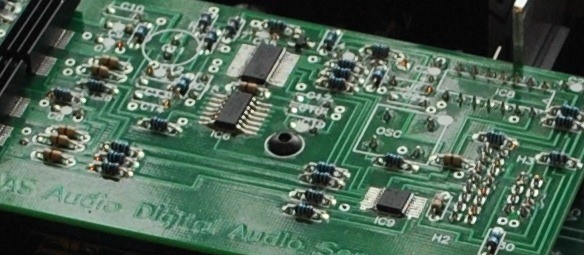
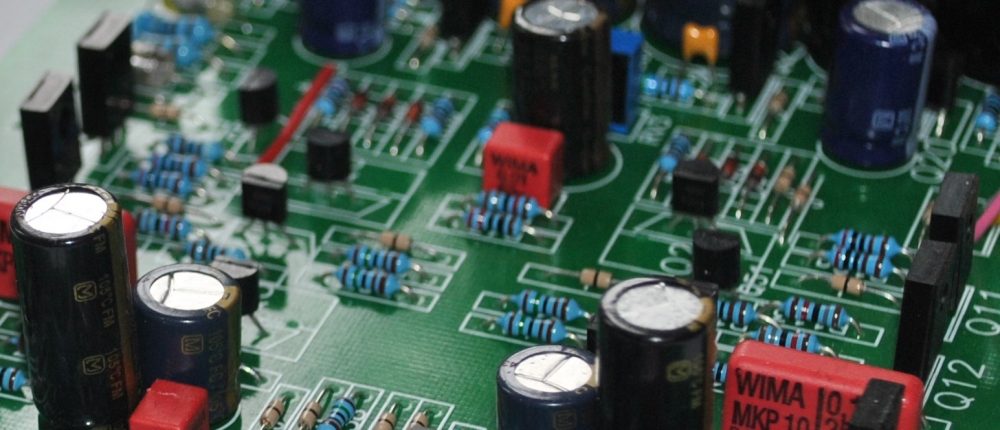
CSD - Coupled Symmetric Drive
CAAS Audio’s CSD (Coupled Symmetric Drive) topology allows bespoke zero feedback circuits to operate at high speed with very low distortion levels.
The CSD input stage in our power amplifiers, consists of a fully balanced symmetrical differential stage with a small voltage gain using ultra high linearity complementary transistor pairs, operating in class A mode with NO feedback just emitter degeneration. This stage drives a balanced symmetrical push-pull voltage amplifier stage operating in class A mode with NO feedback and a moderate voltage gain. Input stage current sources are coupled to our proprietary NIDS (non-intrusive DC servo) circuit. In essence, CSD is two true zero feedback parallel complementary amplifiers operating together to increase bandwidth, speed and reduce THD, IMD and TIM.
OpBias - Optimal Bias
Our OpBias (Optimal Bias) system has been developed to bias the power amplifiers output stage for reduced power dissipation while maintaining maximum audio performance.
At normal listening levels the amplifier will always be running in Class A mode and deliver up to 20 watts of pure Class A power. If additional power is required the amplifier will move seamlessly into Class A/B operation and deliver Class A/B power up to the maximum rating of the amplifier.
This biasing technique results in lower power consumption, lower heat output and an extended component lifetime over that of a conventional Class A amplifier, while delivering superior performance.
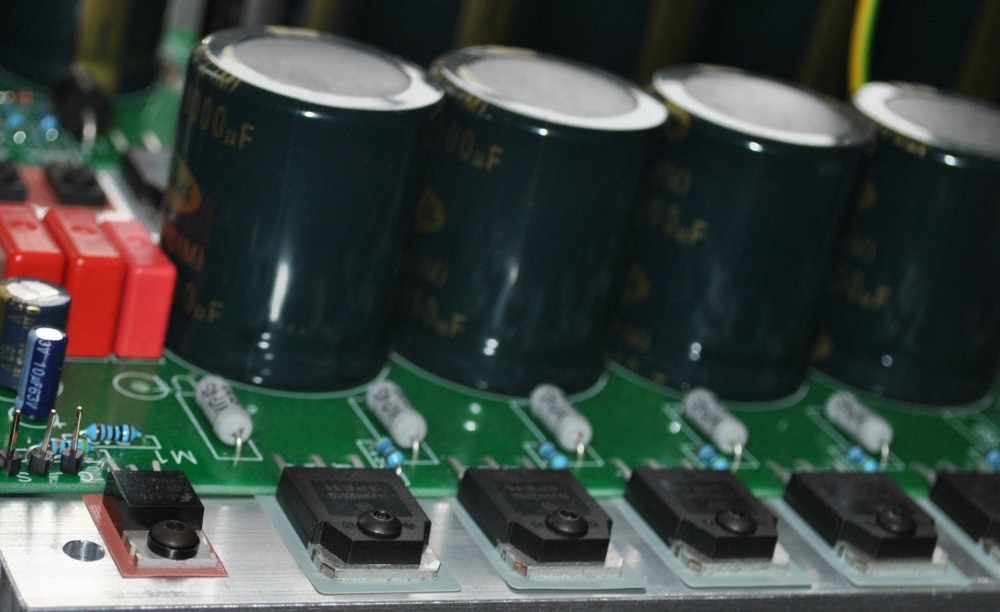
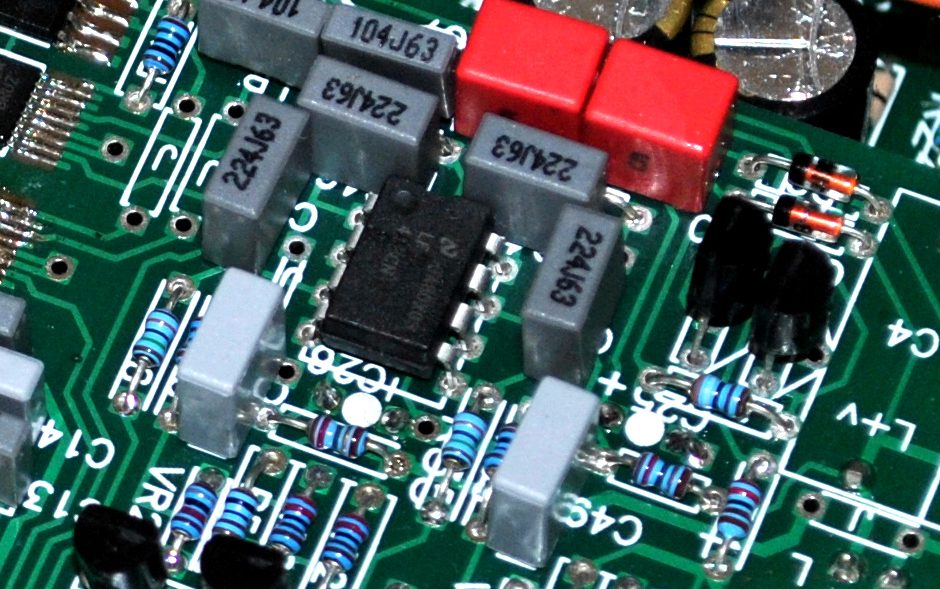
NIDS - Non-Intrusive DC Servo System
Our NIDS (Non-Intrusive DC Servo) circuit has been developed to continuously fine tune the amplifier circuits and to maintain a very low DC output level with no negative effect on the sound performance. NIDS allows all DC levels to be kept at very low levels without interference with the audio signal. This has been achieved though intelligent component choice, bandwidth selection and by only fine tuningcurrent sources (at an ultra low sub sonic frequency). Correction signals are never fed into the sensitive audio circuits.
VPI - VAS Perfect Isolation
CAAS Audio’s power amplifiers utilise a bespoke VPI (VAS (Voltage Amplifier Stage) Perfect Isolation) driver stage to drive the output stage transistors (several complementary pairs of high bandwidth transistors) biased heavily towards Class A and operating open loop (NO feedback). VPI technology allows the output stage to be driven with zero loading of the voltage amplifier stage, irrespective of the load that the output stage is driving.
